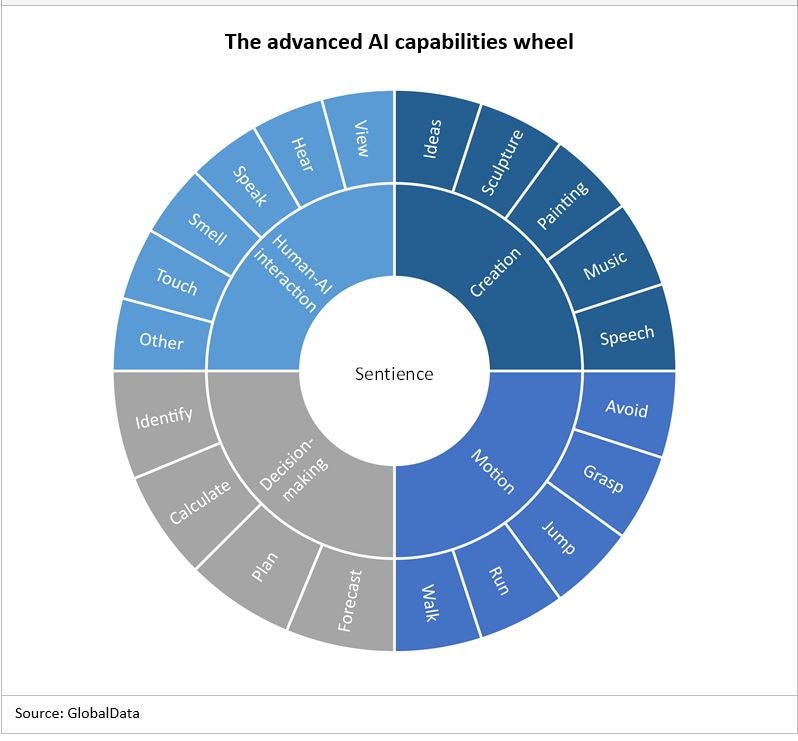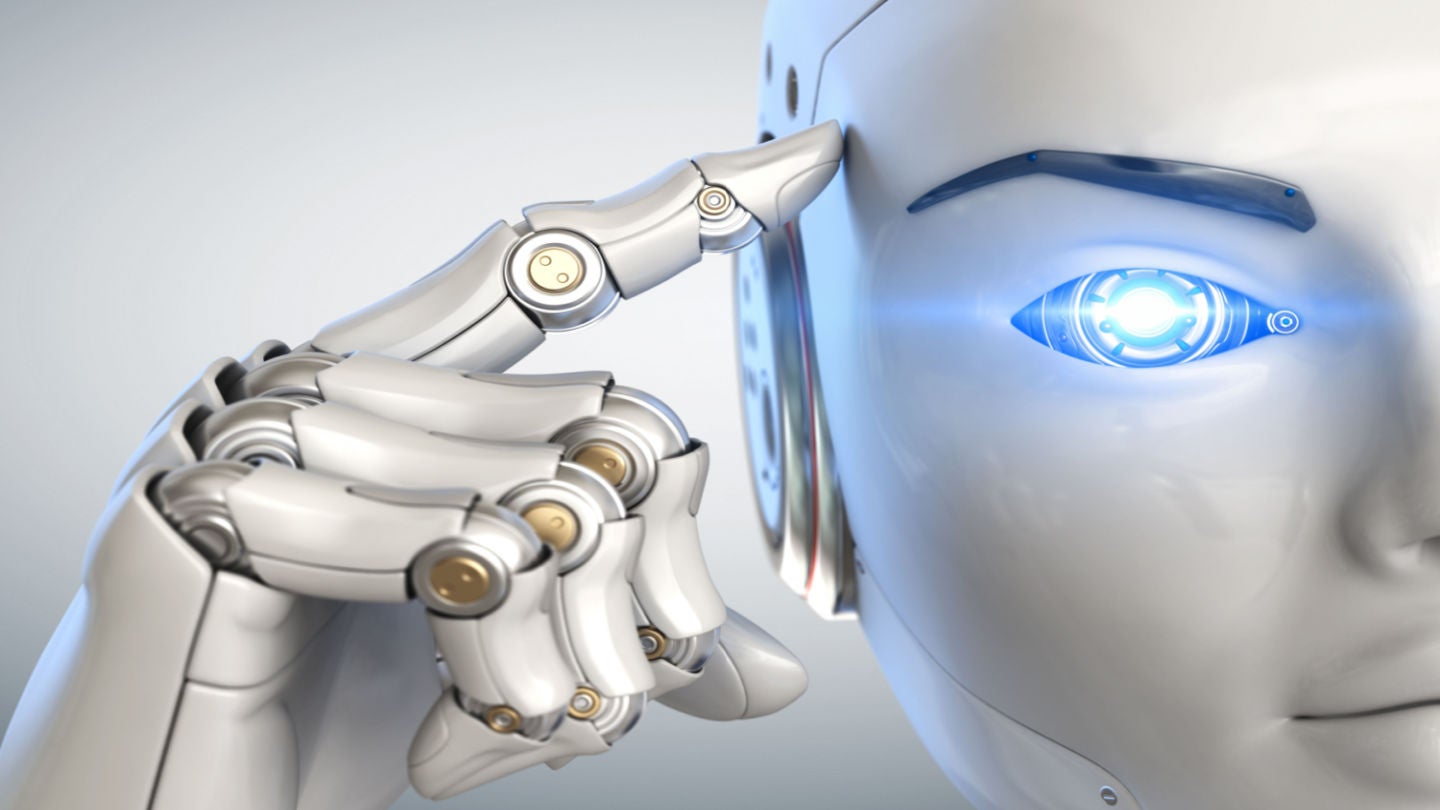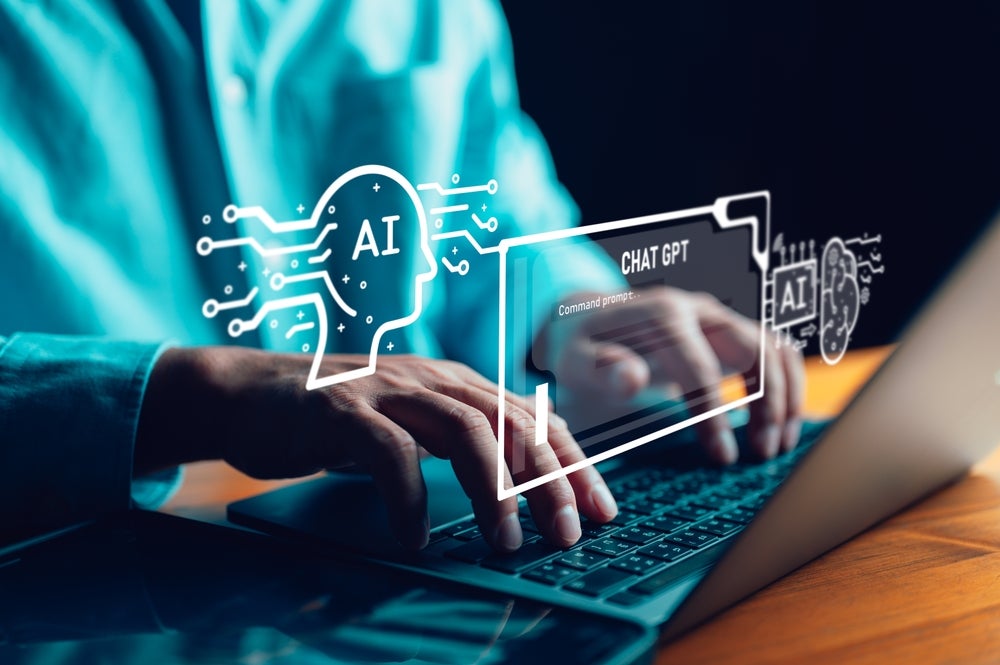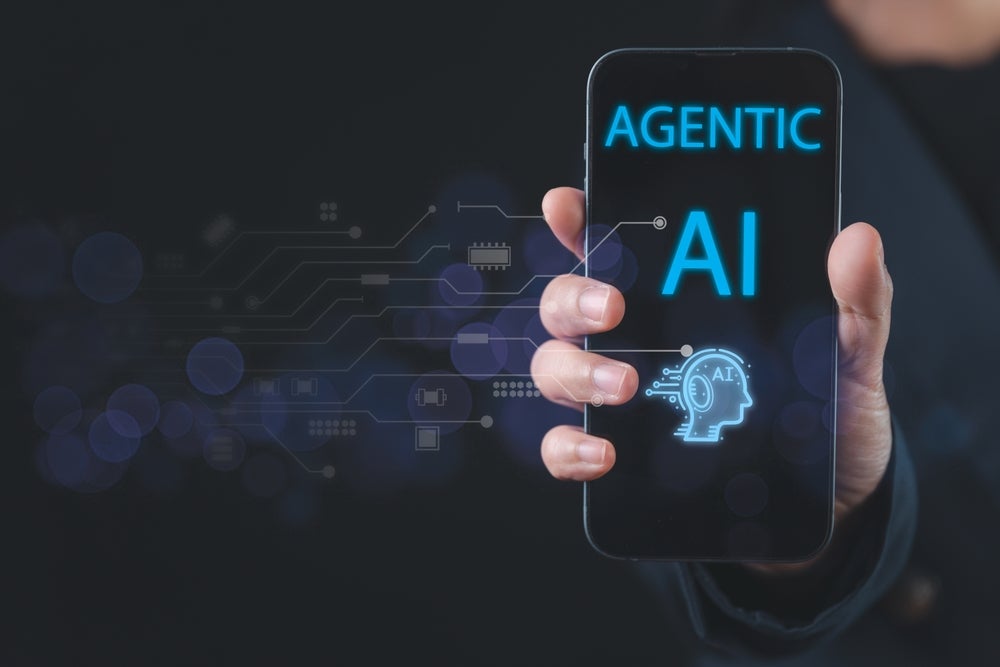For decades artificial intelligence (AI) has primarily been the territory of university and corporate R&D labs. However, recently, it has become mainstream, thanks to the popularity of specific applications such as Tesla’s AutoPilot, OpenAI’s GPT-3 and ChatGPT, or Google’s AlphaGo and AlphaZero. Yet, what do we truly mean by artificial intelligence? Is a chess program like AlphaZero capable of beating human chess masters truly ‘intelligent’? Despite the quality of its written output, is ChatGPT truly ‘intelligent’? Furthermore, while many would agree a monkey is intelligent, is an insect truly ‘intelligent’? Not everyone would likely agree in their assessment of these various cases.
It is worth taking a look at how the AI research community approaches this question.
The advanced artificial intelligence capabilities
A fundamental question when building AI systems is what capabilities or behaviours make a system intelligent. AI is typically defined as software-based systems that use data inputs to make decisions on their own. However, to address our fundamental question we need to expand this definition and describe AI as any machine-based system that perceives its environment, pursues goals, adapts to feedback or change, provides information or takes action, and even has self-awareness and sentience. Certainly, humans and animals in the higher layers of the evolutionary tree can interact with their environment, adapt to its changes, and take action to achieve their goals of, say, individual and species survival. Whether animals have self-awareness or ethics is an open debate, but they certainly have sentience.

There are five categories of advanced AI capabilities. They are human-AI interaction, decision-making, motion, creation, and sentience.
Therefore, we can identify five categories of advanced AI capabilities:
- Human-AI interaction: This includes computer vision and conversational capabilities, as well as less developed artificial senses such as smell, taste, and touch. The latter, also known as haptics, consists of creating an experience of touch by applying forces, vibrations, or motions to the user, and it is crucial in robotics. In this category, we also include types of interactions, such as brain-machine interfaces, that do not typically exist in nature but are interactions between humans and AI.
- Decision-making: This includes capabilities that the average person will typically associate with intelligence, such as identifying, recognizing, classifying, analyzing, synthesizing, forecasting, problem-solving, and planning. An example could be a system capable of recognizing symptoms and vital signs for a human patient that can also identify the patient’s medical condition and come up with a treatment plan. Both symbolic AI and neural networks can be used to perform these tasks, and it is likely that in the long run, a combination of the two will be required, if not new paradigms altogether.
- Motion: This includes the ability to move and interact with the world, which although underappreciated in the early years of AI research, has become apparent that it is a complex capability that requires significant intelligence. For instance, an autonomous robot operating outdoors must be able to understand its position in three-dimensional space and move toward its destination. As it moves, it needs to analyze the feedback it receives from its sensors and adjust accordingly, as living things do. It has taken many years to build robots capable of walking on uneven terrain that can adjust as they move, or robots capable of grasping fragile objects like an egg or a human hand, something a five-year-old child can do without much effort. This is also intelligence, even if the average person might not appreciate it like that.
- Creation: This includes creation capabilities across multiple areas including audio, video, and text. It is also known as generative AI, and one of the most renowned examples today is OpenAI’s ChatGPT, which can write original prose and chat with human fluency. There is a relationship between intelligence and creativity, and it has been the subject of empirical research for decades. An intelligent system should be able to display creation capabilities in multiple areas. For instance, writing original text or music, drawing and painting, designing new structures or products, or even designing new AI systems. Allowing AI to make AI may sound like science fiction, yet researchers at OpenAI, Uber AI Labs, and various universities have worked on it for several years. They see it as a step on the road that one day leads to artificial general intelligence (AGI), which is the ability of machines to do anything that a human can and possess consciousness, or even artificial super intelligence (ASI), which is where a machine possesses intelligence far surpassing that of the brightest and most gifted human minds.
- Sentience: This includes the emergence of self-awareness or consciousness, which is the ultimate expression of intelligence in an artificial system. However, this is, at the moment, far from achievable. Many neuroscientists believe that consciousness is generated by the interoperation of various parts of the brain, called the neural correlates of consciousness (NCC), but there is no consensus on this view. NCC is the minimal set of neuronal events and mechanisms sufficient for a specific conscious percept. Self-awareness, the sense of belonging to a society, an ethical view of right and wrong, or the greater good are just a few examples of matters that would be dealt with at this AI capability level. While such debates may appear purely philosophical at this stage, they will become more important as intelligent autonomous robots take on more roles in our society, which might involve moral decisions.
AI researchers can become entranced with the development of AI with sentience and even a conscience. However, there is a much better business case for robots that simply have effective interaction and motion capabilities and modest decision-making skills.

US Tariffs are shifting - will you react or anticipate?
Don’t let policy changes catch you off guard. Stay proactive with real-time data and expert analysis.
By GlobalData








